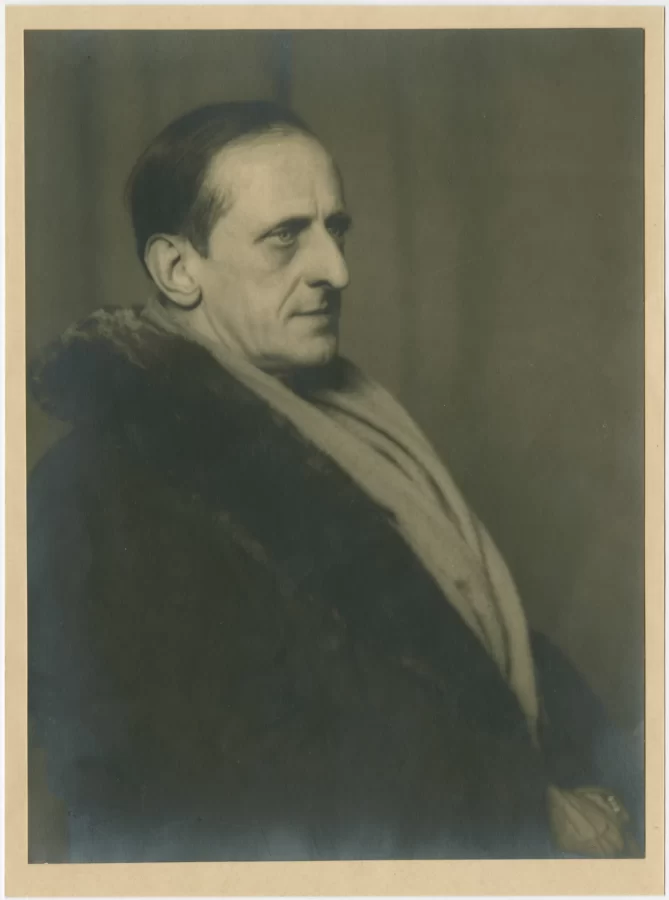Man Ray (American, 1890-1976)
Ray was a photographer connected to the Dada and Surrealist movements who also worked in paint and assemblage. Inspired by Marcel Duchamp, Ray photographed mundane household objects early in his career. After moving to Paris in 1921, Ray found inspiration from his surroundings, including other creative thinkers, artists, and anarchists. He photographed glamorous Parisian celebrities and fashion while also experimenting and encouraging accidents in his work. When his assistant accidentally turned on the lights in the darkroom, “Rayographs” were born. These camera-less photograms were made by laying various materials on photographic paper and exposing it to light. Ray employed solarization in the dark room, a technique which exposes a print to light after it has been already developed, essentially reversing the tonalities of the photographs.
Born Emmanuel Radnitzky to Russian Jewish immigrants, Ray grew up in Brooklyn and studied at the National Academy of Design and Art Students League of New York. In 1925, Ray was involved in one of the first Surrealist exhibitions at the Galerie Pierre in Paris. His work is held in the collections of the J. Paul Getty Museum, Los Angeles; The Metropolitan Museum of Art, the Museum of Modern Art, and Solomon R. Guggenheim Museum, New York; Hirshhorn Museum and Sculpture Garden, Washington, DC; Centre Pompidou, Paris; and Israel Museum, Jerusalem, among others. In 1999, ARTnews magazine proclaimed Man Ray one of the top 25 most influential artists of the twentieth century.


